THE DATA: I have co-ordinates of two variables a and b of length 100,000 each and I have a text file containing the co-ordinates of several polygons.
I would like to now remove all those points of a and b that are inside the different polygons.
To do so, I am trying to use THE CODE FROM THIS ANSWER IN STACKOVERFLOW which does it for one point and one polygon.
The method I have chalked out to go about the problem for several points and several polygons is this:
- Take the co-ordinates of the first polygon
- Run the function for all the 100,000 points of
a and band if they are inside, then append them to a list, which I can use later to compare with the original a and b - Perform the above two steps with the co-ordinates of the second polygon and so on...
Now I have two problems facing me, which I don't know how to proceed with.
The text file containing the co-ordinates of the polygons looks like this:
020241-041200 4 30.83 -3.69 30.82 -3.69 30.82 -3.73 30.83 -3.73
020241-041200 12 30.91 -4.03 30.89 -4.03 30.85 -4.05 30.83 -4.07 30.82 -4.09 30.84 -4.16 30.89 -4.19 30.96 -4.16 30.97 -4.13 30.97 -4.08 30.95 -4.05 30.93 -4.04
Here (020241-041200) is the ID of the polygon, and (4) is the number of corners the polygon has, 30.83 is the X co-ordinate of the first corner and -3.69 is the Y co-ordinate of the first corner and so on.
I want to skip the first two columns so that I can only consider the X,Y co-ordinates of the polygons. How do I do that?
The polygons are not of the same shape, as you can see, the second polygon has 12 corners compared to 4 in the first one.
THE 100,000 POINTS OF a and b LOOK LIKE THIS 
If there is any convenient way, other than the solution I have given above, it would also be useful.
All I want are, those points of a and b that are outside the polygons.